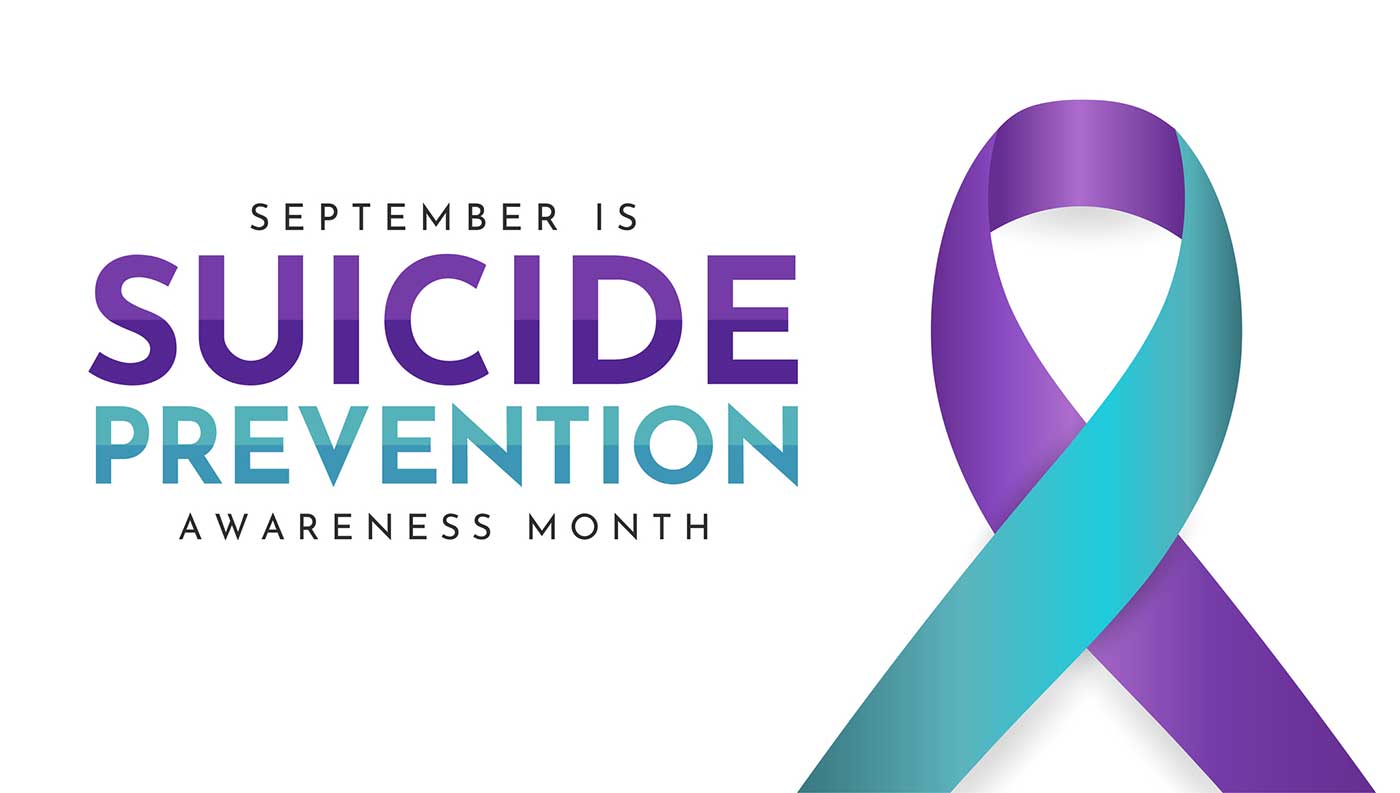In observance of Suicide Prevention Month and National Physician Suicide Awareness Day (September 17th), we would like to highlight a profoundly concerning issue: the alarming rate of suicide among healthcare professionals. Physicians often grapple with intense pressures that lead to burnout, depression, and, tragically, suicide. It’s essential for all of us in the medical profession (and beyond) to recognize the signs of suicidal thoughts and take proactive steps to prevent suicide. This is essential to safeguard the well-being of our colleagues.
The COVID-19 pandemic exacerbated risk factors for suicide in the healthcare workforce. A study by Mental Health America from June-September 2020 showed that of the 1,119 healthcare workers surveyed, 93% reported experiencing stress, 86% reported experiencing anxiety, 77% reported frustration, 76% reported exhaustion and burnout, and 75% reported feeling overwhelmed.
Recognizing the Signs
Physician suicide often stems from a complex interplay of factors, including long hours, emotional exhaustion, perfectionism, and the stigma surrounding mental health in the medical field. The first step in prevention is recognizing the warning signs that a colleague or loved one may be at risk.
- Changes in Behavior: One of the most telling signs is a noticeable change in behavior including withdrawal from social interactions, reduced enthusiasm for work, or a decline in performance. A physician who was once passionate about their work might begin showing signs of disinterest, frequently calling in sick or avoiding responsibilities. They might also isolate themselves from peers, spending less time engaging in activities they previously enjoyed.
- Expressions of Hopelessness: Another red flag is expressions of hopelessness, helplessness, or feeling trapped. These can be verbal cues, such as making offhand remarks about feeling overwhelmed or more subtle signs like increased pessimism or a cynical outlook on life and work. Statements suggesting that a person sees no way out of their situation should never be dismissed.
- Emotional Distress: Emotional signs of distress may include sudden mood swings, irritability, or uncharacteristic outbursts of anger or frustration. Physicians under immense stress might struggle to regulate their emotions, displaying an uncharacteristic lack of patience or empathy. Increased anxiety, sadness, or signs of depression are also critical indicators that someone may be in trouble.
Preventing Physician Suicide
Preventing physician suicide requires a multi-faceted approach that includes fostering a supportive work environment, encouraging open conversations about mental health, and providing easy access to resources.
- Creating a Supportive Environment: One of the most effective ways to prevent suicide is the creation of an environment where physicians feel safe discussing their struggles without fear of judgment or professional repercussions. Institutions should promote work-life balance, offer mental health days, and ensure that adequate resources are in place for those who need support.
- Encouraging Open Communication: It is crucial to encourage physicians to speak openly about their mental health challenges. This can be done by normalizing discussions about stress, burnout, and emotional well-being in regular meetings or in peer support groups. Leadership should take an active role in promoting mental health awareness, ensuring that staff know it’s okay to seek help.
- Providing Access to Mental Health Resources: Easy access to mental health resources is critical. Institutions should offer confidential counseling services, mental health hotlines, and peer support programs. Having these readily available resources can make it easier for physicians to seek help when needed. Additionally, training staff to recognize the signs of suicide and respond appropriately can be life-saving.
Recap
Suicide Prevention Month is a vital initiative that brings attention to the mental health challenges of physicians and people in general. By recognizing the signs of suicidal thoughts and taking proactive steps to prevent them, we can protect the well-being of those who dedicate their lives to caring for others. Through a collective effort to foster supportive environments, encourage open communication, and ensure access to mental health resources, we can make a significant impact in reducing physician suicide and promoting a culture of compassion and care within the medical community.
In our next blog post, we will discuss how to talk with professional colleagues if you are concerned about their mental health. These situations are complex, and we want to offer you a script to help you have these difficult conversations.






Responses